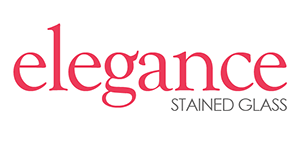Techniques
What Is Traditional Stained Glass?
For doors, windows and internal features, we use the traditional method of manufacturing leadlights that have been employed for over 1,000 years; individual hand cut pieces of glass being joined together and held in place with lead, and sealed with putty to make it weatherproof.
Stained Glass verses Leadlight.
They are the same thing really, with the same technique of construction but ‘stained glass’ is often used to describe the more formal hand painted pictures in glass used in settings such as churches. The term ‘stained glass’ these days also refers to the modern reproduction alternatives to leadlight, which is one large piece of glass with lead stuck to its’ surfaces and the pattern coloured in with resins or plastic film.
Leadlight verses Reproduction.
‘Reproduction’ usually refers to the one-piece method of manufacturing mentioned above. We have worked with both over the years, and recommend traditional stained glass over the different reproduction techniques. Traditionally made leadlights offer value for money, as they will last a lifetime with minimal care, and because of their varied and flexible uses. There is a wide variety of designs that are limited only by your imagination, and a beautiful array of glass to embellish them. Some patterns and concepts are not achievable with the reproduction technique, as it uses only one large piece of glass and it cannot capture the beauty of the different glasses used together in leadlights.
Copper Foiling.
For lamps, ornaments and small detailed features we use Copper Foiling, which Louis Comfort Tiffany developed in the 1920’s, and is the same principle as leadlight, but uses thin copper foil and soldered seams to hold it together. It has a refined delicate finish for internal use.
